Officials: Northern Tier Passenger Rail could cost $2.1B
| Published: 01-12-2023 6:14 PM |
The Massachusetts Department of Transportation shared two options for providing passenger rail service from North Adams to Greenfield and Boston during a virtual workshop on Wednesday, with price tags ranging from $1.044 billion to $2.187 billion.
With 155 attendees present, officials discussed what it would take to provide train access from the western part of the state to Boston, which hopefuls think will lead to economic development and population increases. A Northern Tier Passenger Rail service would follow the Route 2 corridor through Franklin and Berkshire counties.
The two options discussed follow the same path with four stops in Boston (North Station), Fitchburg, Greenfield and North Adams, but include low and high investment options. The low investment estimate is $1.044 billion, and a high investment would cost an estimated $2.187 billion.
“When I look at $2.1 billion that’s projected compared to money put into roads and bridges, this, to me, is a very small price,” state Rep. John Barrett III, D-North Adams, said at Wednesday’s event.
This total estimate breaks down to costing the state nearly $7.36 million per mile of track for the low investment option and more than $15.4 million per mile for the high investment option.
“Introduction of passenger rail service requires significant investment, even for moderate improvements of speeds,” commented Anna Barry, program manager and vice president of the HNTB civil engineering firm, which was contracted by MassDOT to assist with an initial study.
Both options include five daily diesel-powered passenger trains, with the same cars seen in Amtrak’s north-south Valley Flyer service, that would travel the length of the state. The low investment option includes limited signal improvements, upgrades to Class 1 track at the East Deerfield Railyard and some track additions to support passing. The high investment option includes more rehabilitation to tracks and use of superelevation, which is when one rail is higher than the other through a curve, allowing the train to navigate the curve at higher speeds and with greater comfort for passengers.
The civil engineering firm used Rail Traffic Controller (RTC), a simulator used for train planning, to calculate the ride times for the two options, and found there is a nearly one-hour difference. With the low investment option, it would take about four hours to travel from Boston to North Adams. This includes a two-hour-and-35-minute trip from Greenfield to Boston. By comparison, the high investment option would take a little less than three hours, with a two-hour ride from Greenfield to Boston. Paul Nelson, a transportation planning manager with HNTB, explained that only the high investment option would make the travel time similar to a trip by car.
Article continues after...
Yesterday's Most Read Articles
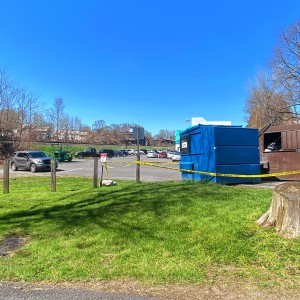 Greenfield man arrested in New York on murder charge
Greenfield man arrested in New York on murder charge
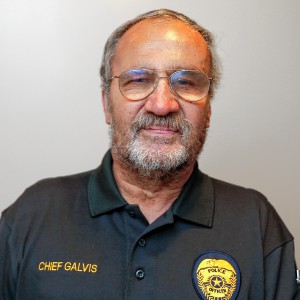 Former Leyden police chief Daniel Galvis charged with larceny
Former Leyden police chief Daniel Galvis charged with larceny
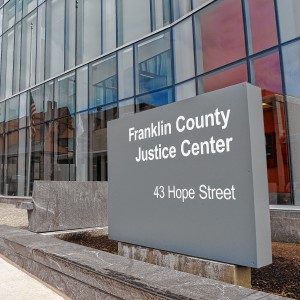 Judge dismisses case against former Buckland police chief
Judge dismisses case against former Buckland police chief
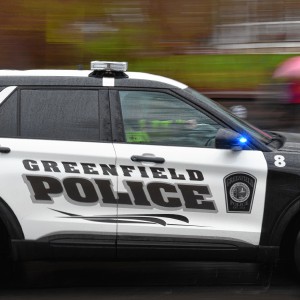 Greenfield Police Logs: April 9 to April 17, 2024
Greenfield Police Logs: April 9 to April 17, 2024
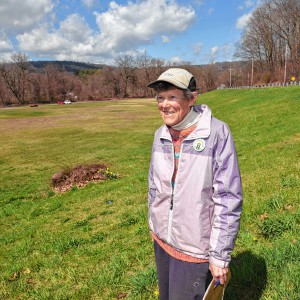 Millers Meadow idea would ‘completely transform’ Colrain Street lot in Greenfield
Millers Meadow idea would ‘completely transform’ Colrain Street lot in Greenfield
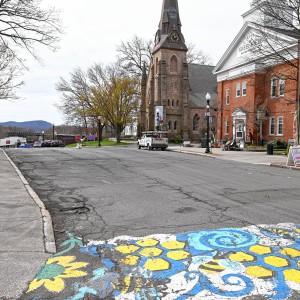 Greenfield’s Court Square to remain open year-round for first time since 2021
Greenfield’s Court Square to remain open year-round for first time since 2021
When calculating potential ridership using Massachusetts Bay Transportation Authority (MBTA) and Streetlight data, workers at HNTB found that the low investment option would have 220 to 440, or 1.5% to 3% of riders annually, using the train in North Adams and 2,420 to 6,600, or 4.9% to 13.4% of riders annually, using the train from Greenfield.
With the high investment model, however, HNTB found that 1,430 to 4,180, or 9.7% to 28.2% of riders annually, would use the train in North Adams and 7,370 to 20,350, or 15% to 41.4% of riders annually, would use it from Greenfield.
In the presentation, Barry noted the baseline travel market decreases with distance along the corridor, but the amount of travelers may increase for special events.
The goal of studying a potential Northern Tier Passenger Rail service is to support economic development along the northern portion of the state, promote transportation equity, and minimize the impact on public health and the environment, Nelson explained. Wednesday represented the first workshop in the study process. In Phase 2 of the project, HNTB plans to discuss four other alternatives, which include adding stops in places like Orange, Gardner, Ayer and Porter Square within Boston.
Nelson said the potential benefits of having a passenger rail system include the creation of new jobs, attracting new residents, increasing property values, inspiring transit-oriented development and increasing the tax base.
“There is so much potential and excitement for western Mass. rail,” said Rep. Natalie Blais, D-Deerfield. “You can see by the numbers. We are excited to see this process move forward.”
Bella Levavi can be reached at 413-930-4579 or blevavi@recorder.com.

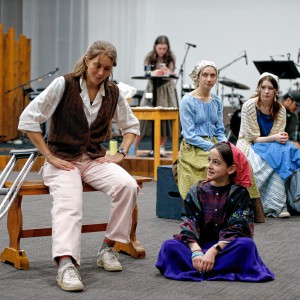 Photos: A musical classic returns
Photos: A musical classic returns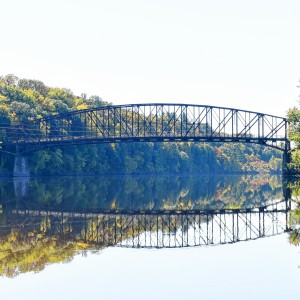 Northfield appeals to Warren, Markey for Schell Bridge aid
Northfield appeals to Warren, Markey for Schell Bridge aid Prescription Drug Take Back Day set for Saturday in 15 communities in Franklin, Hampshire counties
Prescription Drug Take Back Day set for Saturday in 15 communities in Franklin, Hampshire counties
